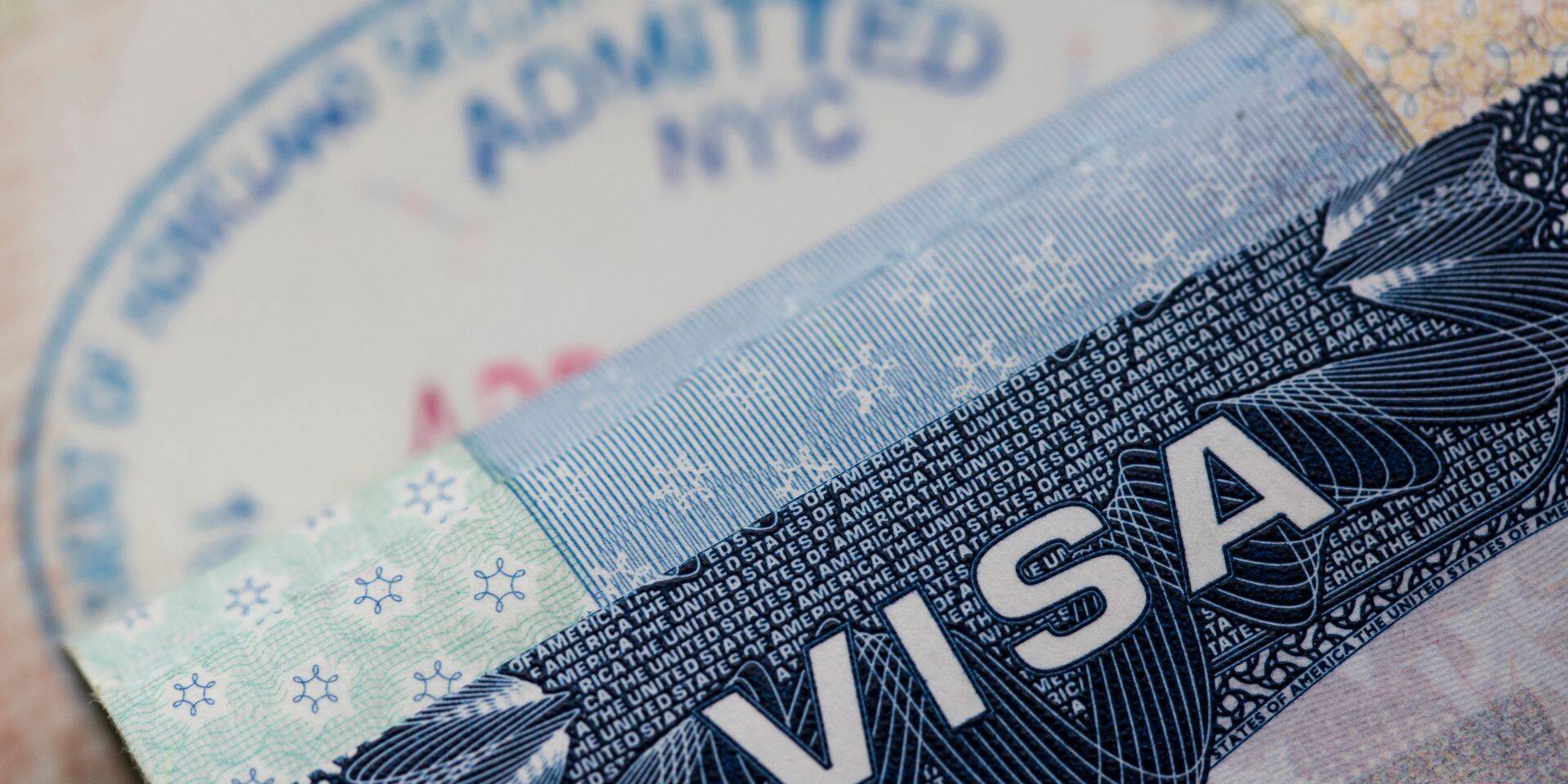What We Know about H-1B Cap FY2023:
The H-1B lottery has now ended, as USCIS received sufficient petitions to reach the H-1B cap FY2023 in the first round. USCIS received 483,927 registrations this year and selected 127,600 in the randomized lottery. USCIS will now continue adjudicating the petitions filed based on those 127,600 selections. Because USCIS can only approve 85,000 H-1B petitions (65,000 regular cap cases and 20,00 master’s cap cases), not all petitions filed will be approved. Since USCIS selected 42,600 more registrations than it has available visas, it is safe to say that USCIS will run out of visas as the H-1B season continues.
When determining how many registrations to select in order to meet the H-1B cap, USCIS takes into account historical data such as the rate of non-filing, the percentage of approvals and denials, and other relevant factors. In 2021, there was a high rate of non-filing, which resulted in a total of three rounds of selections. In the first round of 2021, USCIS selected 87,500 cases. Because of the high rate of non-filing, USCIS ended up adding an additional 27,717 selections in the second round and another 16,753 in the third round, for a total of 131,970 selections. Because USCIS relied on historical data, including this data from 2021, USCIS likely selected a high number of registrations in the first round for FY 2023, anticipating a similar amount of non-filing. However, we do not anticipate the rate of non-filing will be similar this year, as demand for IT workers is at an all-time high. In fact, USCIS received 175,315 more registrations this year, which is a 57% increase from last year. This means that USCIS very likely has more H-1B petitions pending adjudication than it has available visa numbers.
What We Can Expect:
Because USCIS has received sufficient petitions to meet the H-1B cap FY2023 in the first round, rather than spread out over a nearly 12-month period, the adjudication process may be a little different this year. Last year, we saw high levels of approval throughout the year, as USCIS had not received enough cases to meet the cap and scrutiny was overall relatively low. This year, since USCIS received all the cases it needs during a 90-day filing period and has a limited number of visas to issue, we can expect a higher level of scrutiny as time goes on.
As a practical matter, we can expect adjudicatory patterns to more closely resemble those from before the registration system was implemented. Previously, USCIS received all the cases in the first week of April. During those years, the greatest number of approvals were issued during the summer and early fall, prior to the October 1 start date. Then, as time went on and USCIS had fewer visa numbers available, we saw increased denials starting in November/December or so. At ILBSG, we anticipate a similar pattern will emerge this year, since USCIS again has all the cases in hand at the same time, with a finite number of visas to issue.
As we expect a higher level of scrutiny this year with increased denial rates as time goes on, it is important to plan ahead. An examination of the current trends will be useful for leveraging the best strategy to ensure approval.
Current Trends:
With the initial filing period ending on June 30, 2022, we now have sufficient data to report some of the early trends emerging from this year’s cap adjudication. Looking at a sample size of 150 cases filed during the April 1-June 30 filing period, 50 cases have already been adjudicated or had some action taken:
- 40 out of 50 received a straight approval, without any RFE. This represents a straight approval rate of 80% so far.
- 10 out of 50 received an RFE, for an RFE rate of 20%
- Of the RFEs we have responded to, 100% have been approved.
- We have not seen any H-1B cap denials.
- The remaining 100 cases have still not had any action taken. This means about 1/3 of cases have already been adjudicated, with 2/3 still pending.
Because around a quarter of the cases will receive an RFE, it is useful to know what issues the RFEs are targeting. So far, we have seen RFEs primarily requesting further evidence of the beneficiary’s qualifications, and/or maintenance of status. We have seen a couple of RFEs request evidence regarding specialty occupation, but this has been less common. Finally, we have received a few RFEs asking for documentation to validate the company’s information in USCIS’ VIBE system (business license, tax returns, etc.). This is more common with newer companies/companies who have not previously filed H-1B petitions. To date, we have not seen any RFEs asking for work itinerary-related evidence, such as client letters or contracts. This is not unexpected, as USCIS has not been requiring this documentation following the ITServe lawsuit, but it is a good sign the current relaxed requirements will continue.
The good news is that USCIS is issuing approvals at a similar rate to last year so far. Further, the RFEs being issued are relatively simple. However, as time goes on, we can anticipate increased scrutiny and a higher rate of denials, as USCIS will run out of available visas. We can also expect an increase in a specialty occupation or other more complex RFEs as we get further into the H-1B season. To that end, we recommend having a strategy in place to ensure earlier adjudication, in order to ensure the best chance of approval.
Recommended Strategies:
First, if you have received an RFE, do not delay in responding. While you will be granted 84-87 days to respond and some RFEs will also have an additional 60-day grace period under the Covid-related flexibilities, we do not advise waiting until the deadline to respond. The longer you wait, the fewer available visas there will be. Respond quickly and make sure to provide USCIS with all documentation requested.
If possible, consider upgrading to premium processing. Particularly if you have not received any action yet, it may be best to go ahead and upgrade. That way, if there is going to be an RFE, you will know what documents you need and you can go ahead and respond. While premium processing is an additional cost, it will ensure USCIS takes action on your case within 15 days. Because USCIS will have fewer available visas as time goes on, you want USCIS to review your case as soon as possible.
You should also refrain from changing projects or making any changes to your employment until your case is approved. You do not want to receive an RFE asking for documentation you can no longer provide. USCIS can only approve the petition if the terms and conditions indicated in the petition remain the same. If you change projects, your case will no longer be approvable. If you think your project is going to end, upgrade to premium processing before it does so that your H-1B can be approved. Then, if your project changes afterward, be ready to file an amendment by October 1, the day the H-1B goes into effect.
Finally, you should be aware that USCIS will sometimes do a compliance check instead of issuing an RFE. This means USCIS will contact the end client indicated in the H-1B filing to ensure your services are expected and confirm the details of the position. As such, even if you have not received an RFE, you should refrain from making any changes in your employment until after your H-1B is approved. Again, you will need to timely file an amendment on October 1, the day the H-1B goes into effect if there are any changes after approval.
We continue to closely monitor H-1B cap FY2023 updates. We keep our clients informed as the H-1B season continues, as further trends emerge. If you have any questions about how to increase your chances of H-1B approval this cap season, please reach out to an ILBSG attorney today. We are here to help.
Related Posts
May 8, 2025
Immigration Officials used Criminal Database for Student Visa Terminations
DHS revealed they used the FBI-ran NCIC…
May 5, 2025
Big Tech Provides ICE with New Immigration Tracking Software
Federal officials are teaming up with a…


